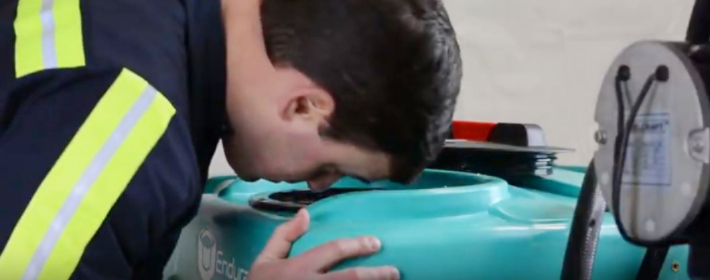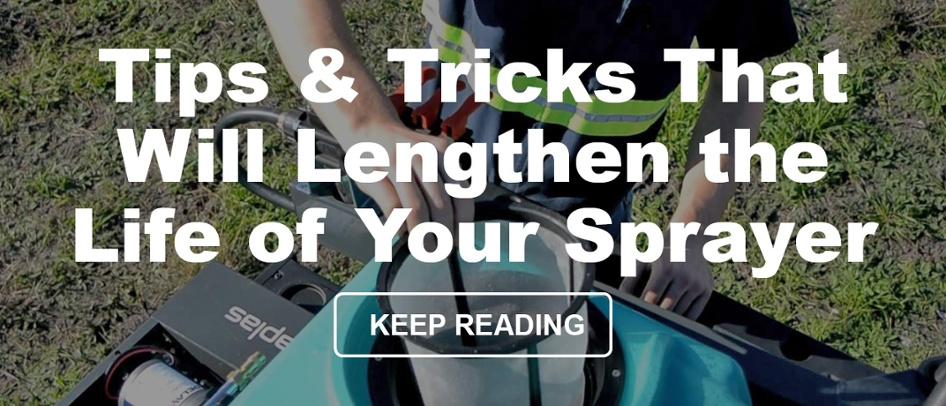
Maintenance is a key part of maintaining your sprayer in order to add to its longevity. Failing to take care of your sprayer could cost you hundreds that would have been prevented by a little due-diligence. However, it's equally as important to understand what to look for when you're performing a visual inspection of your sprayer. Here is a guide of what to keep an eye out for during inspection.
Visual Inspection Checklist:
General
- Start by filling your sprayer half full of water
- Keep an eye out for clogs, cracks, fractures, or any other forms of wear and tear
- Adjust and tighten straps as needed to keep equipment firmly in place
- Make sure all equipment and sensors return to their defaults after use
- Make sure all equipment runs on time without any delays or leaks
Pumps and Hoses
- Thoroughly inspect the pumps and hoses for any punctures, wear, and any other signs of damage that could lead to a leak
- Monitor your pumps and hoses for a little bit as they are running to insure they are consistently covering all of the ground at the right level of pressure
- Make sure the liquid coming from your hoses is clear and that your pumps are lubricated.
- Check the engine oil
Filters, Nozzles, Strainers, and Valves
- Clear your filters and keep an eye out for any damages (rips, tears, stubborn goo/grime, etc...)
- Make sure your valve diaphragms are clear and functioning as expected
- Clean nozzles
- Make sure the nozzles and valves are unbroken, rust-free, and turn on/off properly
Pro tip: Replace any nozzles that are spraying more than 10% over the original output.
Gauges and Regulators
- Read your gauges for accuracy
- Make sure gauges default to zero without any bounce-back or leaks
Pro tip: Make sure the tire pressure in both of your back tires (on your trailer sprayer, tractor, or quad) are equal. This will keep your spray even.
Related Content: Prep Your Sprayer for Spring
How to Handle Damages and Repairs
If you find any signs of damage during your visual inspection, it is vital to repair or replace the equipment as soon as possible. For serious repairs, I would recommend calling an expert for help. It is not wise to attempt repairing equipment you are unfamiliar with, as you could easily make matters worse, perhaps without even realizing. Making modifications to your sprayer call also void your warranty the majority of the time.
How Often Should you Check Your Sprayer?
You should always check your sprayer before initial use (when you receive it) to insure it wasn't damaged during shipping. Afterwards, basic daily, weekly, and monthly maintenance should become a regularly part of your routine while tending to your farm.
You should regularly clean your equipment, as well.

Related Content: Land Champ® 3-Point Sprayer
Keeping your sprayer in tip top shape is definitely worth it. Inspecting, winterizing, and maintaining your sprayer (i.e. cleaning the tank on your sprayer) will save you multiple headaches later on and make your operation more efficient. Did we miss anything? If have any other things you look out for during your sprayer inspection, leave us a note by commenting below.
I hope you have found this post useful. For more helpful info about chemical sprayers and spraying, visit to our YouTube channel or subscribe to our blog. To shop a variety of quality sprayers, visit our sprayers page. You also can find your local dealer on our website.


